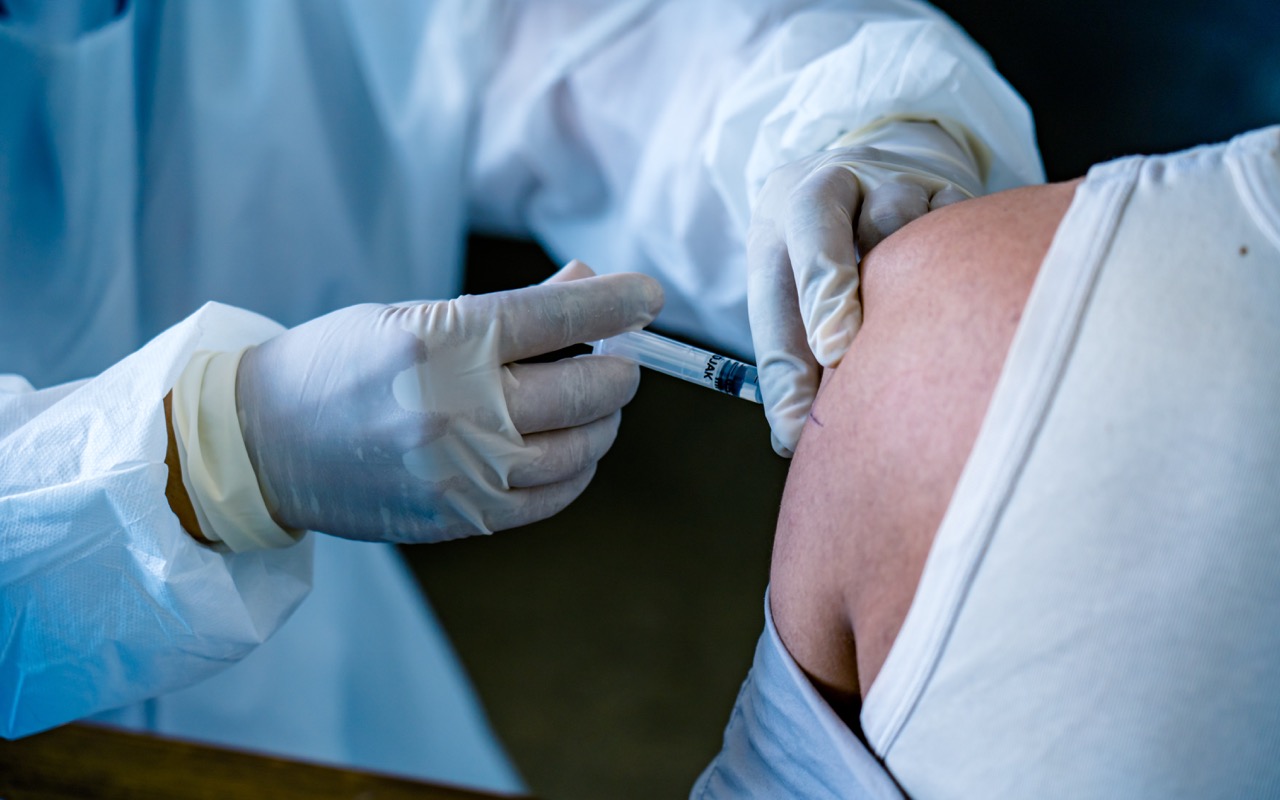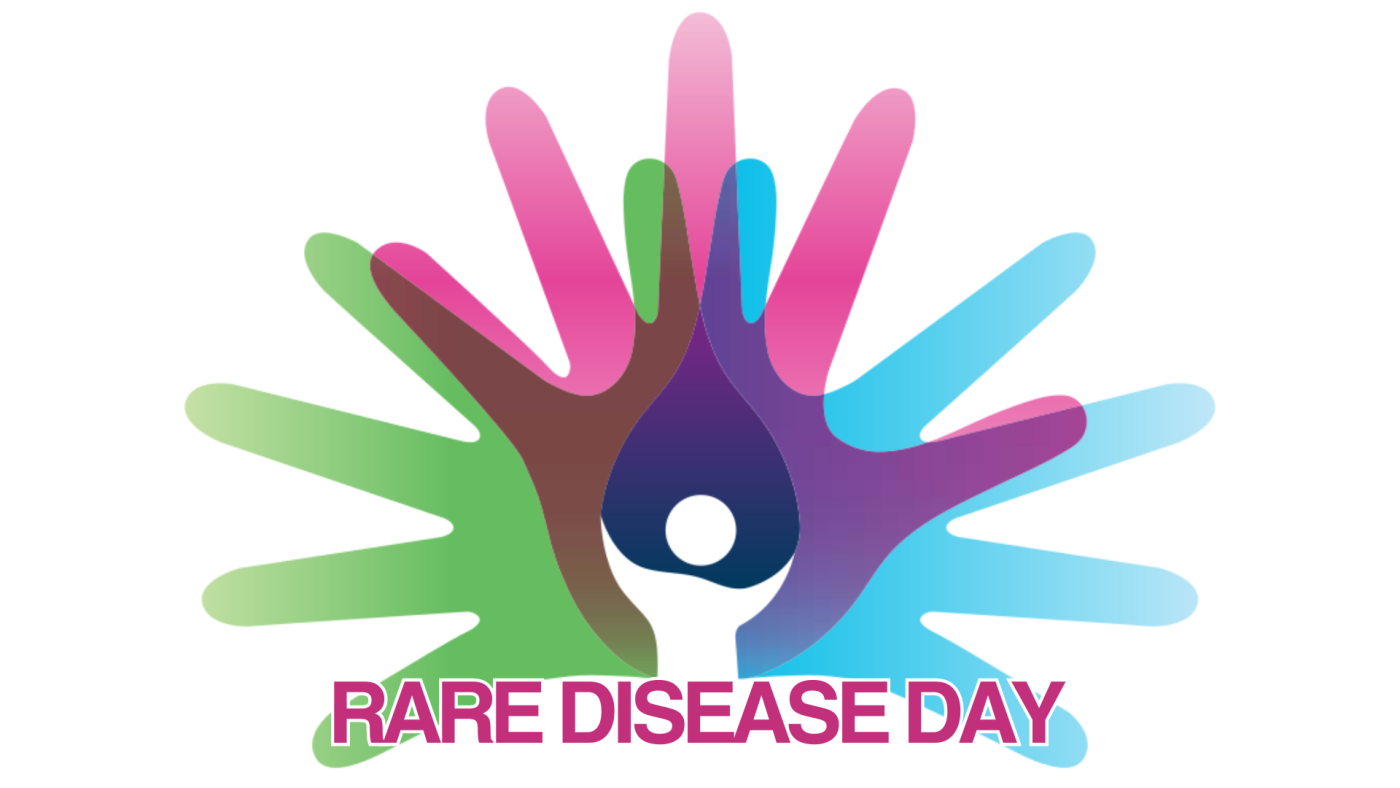In a leap year like the current one, where 29 February takes on a special significance, we are pleased to reaffirm our commitment to the development of innovative therapies for rare diseases. At OLIGOFASTX, we are proud to join in the commemoration of World Rare Disease Day, an iconic date that reminds us of the importance of supporting those facing these rare medical conditions.
At OLIGOFASTX, our main motivation and distinctive approach lies in addressing specific therapeutic needs through the development of tailored oligonucleotides for rare diseases that currently lack effective solutions.
World Rare Disease Day was established in 2008 by EURORDIS (European Organisation for Rare Diseases), a non-governmental alliance representing more than 800 patient organisations in over 70 countries. The date chosen, the last day of February, is a unique occasion that only occurs in leap years, highlighting the rarity of these diseases.
The main purpose of this day is to raise awareness about rare diseases and their impact on the lives of patients and their families. In addition, it seeks to promote solidarity among affected people, as well as to raise awareness among society, policy makers, researchers and health professionals about the specific needs of those living with rare diseases.
Since its creation, World Rare Disease Day has grown in importance and scope, with activities ranging from medical conferences and awareness campaigns to community events and research projects. This initiative has helped drive advances in the field of rare diseases, promoting international collaboration and encouraging greater attention to these rare conditions.
Rare Diseases: a global challenge
Rare diseases (RDDs) represent a medical and social challenge due to their impact on a small number of individuals compared to the general population. This scenario poses unique challenges in terms of diagnosis, treatment and research, both socially and clinically. However, gene therapies are emerging as a promising way to improve the quality of life of patients with RHD, offering new hope and possibilities in their care.
In Europe, a disease is classified as rare when it affects one person in 2,000. These diseases, mostly of genetic or congenital origin, tend to manifest themselves most frequently in childhood, although their prevalence may be more significant in adults due to a high infant mortality rate in certain cases. This reality underlines the importance of specialised medical care and innovative therapeutic approaches such as gene therapies.

Worldwide, rare diseases have emerged as an emerging public health priority, affecting approximately 3.5% – 5.9% of the global population, which translates to around 300 million people. This heterogeneous landscape poses significant challenges for health systems and biomedical research, but also highlights the urgency of exploring and developing advanced therapies, such as gene therapies, that can offer hope and significant improvements in the lives of patients with RHD.
The commitment of OLIGOFASTX
In the OLIGOFASTX Project, we focus on addressing seven specific rare diseases:
- Guillain-Barré syndrome
- Retinitis Pigmentosa
- Leber Congenital Amaurosis
- Cancer cachexia
- Alström Syndrome
- Fuchs’ corneal endothelial dystrophy
- Anaplastic thyroid cancer
These are just some of the rare diseases we face. We recognise that there are many more unsolved, some yet to be discovered. That is why, at OLIGOFASTX, we prioritise these seven diseases and hope that the collaboration between the Spanish companies involved in our project will allow us to expand our impact and address more diseases in the future.
Sources:
https://www.rarediseaseday.org/
https://www.enfermedades-raras.org/

 Español
Español
